The steering and suspension systems of a vehicle work together to provide a smooth and safe ride for the driver and passengers. It supports the vehicle's weight and absorbs shocks from the road surface. The steering system lets the driver turn the wheels in response to input. In this article, we will discuss both systems' key components and functions and how they work together to keep your vehicle on the road.
1 How Does The Steering And Suspension System Work?
The steering and suspension system is an essential component of any vehicle, responsible for controlling the direction and movement of the wheels. The system comprises several essential parts, including the steering gear, tie rod ends, ball joints, shock absorbers/struts, springs, control arms, and sway bars. Let's look at how these parts work together to ensure your vehicle handles well, rides smoothly, and is safe to drive.
The steering system transmits the driver's steering input to the vehicle's wheels. When the driver turns the steering wheel, the information is transmitted through the steering shaft and into the steering gear. The steering gear is responsible for converting the rotational input into a lateral movement, then transmitted to the wheels through the tie rod ends.
On the other hand, the suspension system is responsible for absorbing shocks and vibrations from the road, providing a smooth ride for passengers. When the vehicle hits a bump or uneven surface, the shock absorbers or struts compress, absorbing the impact and reducing the force transferred to the chassis. The springs also help absorb shocks by squeezing and releasing, providing additional support and cushioning for the vehicle.
The control arms connect the suspension system to the vehicle's frame, allowing for the up-and-down movement of the suspension system. The sway bars, also known as stabilizer bars, reduce body roll and improve stability during turns. They do this by connecting the suspension system on one side of the vehicle to the suspension system on the other, transferring weight from one side to the other during turns.
2 The Suspension System Components
The suspension system consists of several vital components that support the vehicle's weight and absorb shocks from the road. These components include:
Springs
Springs are the primary component of the suspension system and are responsible for supporting the vehicle's weight. They come in several different types, including:
●Coil springs: These are the most common type of spring and are used in most modern vehicles. They are made of steel and are designed to compress and rebound as the vehicle travels over bumps and dips in the road.
●Leaf springs: These are used in some older vehicles and heavy-duty trucks. They consist of several layers of metal strips curved into a spring shape and bolted together.
●Torsion bars: These are used in some vehicles as an alternative to coil springs. They are made of a twisted steel bar to provide the necessary springiness.
Shock Absorbers
The Shock Absorbers are designed to help dampen the motion of the springs, helping to absorb the shocks and vibrations from the road's surface. Its operations move up and down in a cylinder with oil. When the piston travels, it drives the oil through small pores, creating resistance and slowing the suspension's movements.
Struts
The struts are the same as shock absorbers; they all port the vehicle's weight. They are usually used in the front suspension of every vehicle and are a standard
strut system. Struts are similar to shock absorbers but also support the vehicle's weight. They are typically used in the front suspension of vehicles and are a component of strut systems.
Control Arms
The control arms are used to operate for connection of the suspension system to the chassis of the vehicle and allow movement while maintaining its stability. It is composed of steel and has bushings and ball joints at the end to allow movement.
Sway Bars
It is known as a stabilizer bar, which is used to reduce body roll during cornering. It is mainly composed of steel and connects the left and right sides of the suspension system.
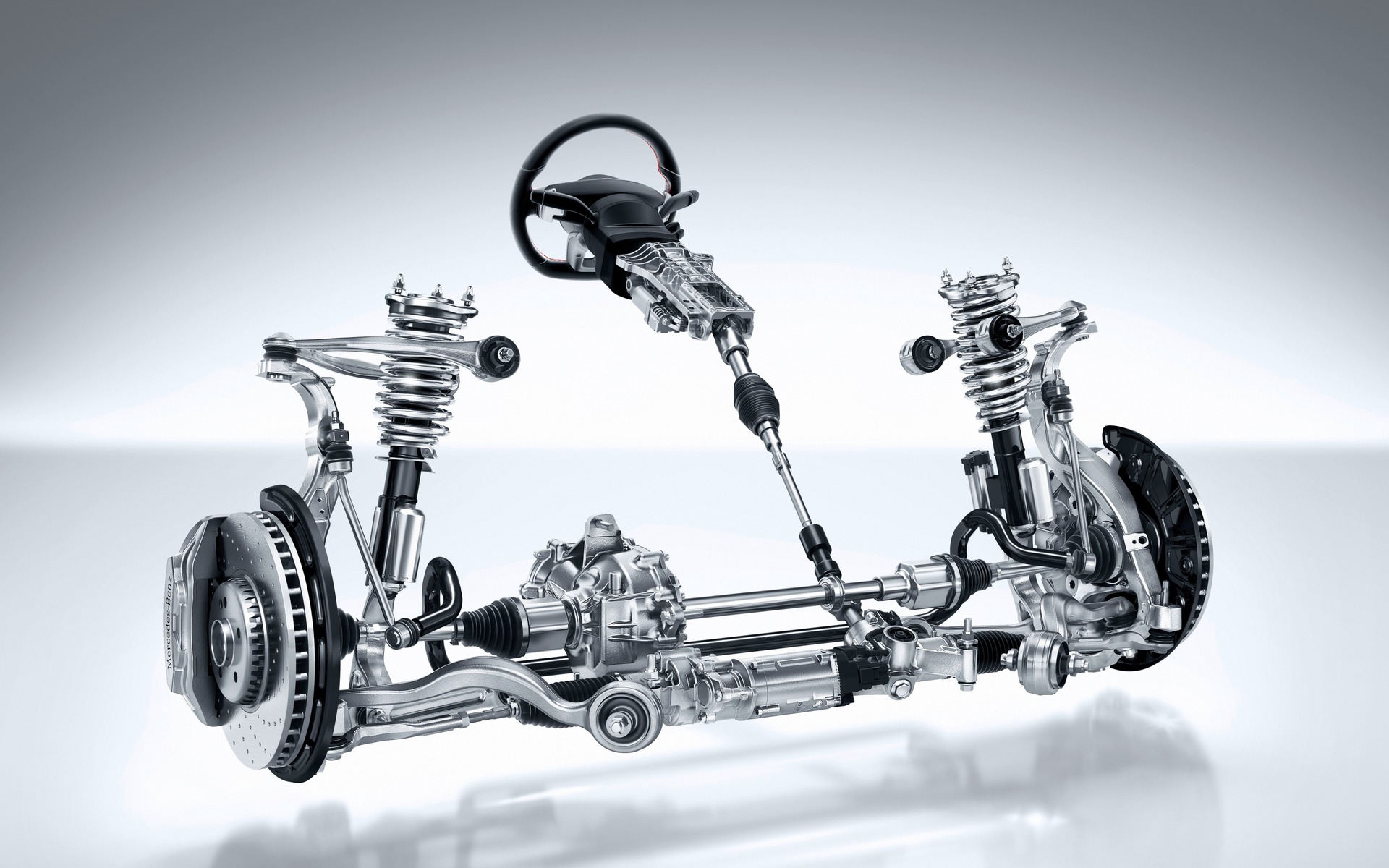
3 Functions Of Steering And Suspension System
Every suspension system is a critical unit of any vehicle, and it has several essential functions for comfortable and safe driving. These are the following:
It Supports The Mass Of The Vehicle
The suspension system supports the vehicle's weight, including the passengers, cargo, and engine. Without the suspension system, the vehicle would rest directly on the tires, leading to a bumpy and uncomfortable ride. Furthermore, the suspension system distributes the vehicle's weight evenly across the four wheels, providing a smooth and stable ride.
Absorbing Vibrations And Shocks
The suspension system functions to absorb vibrations and shocks caused by various bumps and dips in the road surface. When there is no suspension system, the vehicle will bounce and jolt every over in every bump in the surface road, leading to a very uncomfortable ride. The suspension system utilizes shock absorbers and springs to dampen the movement of the wheels, reducing the impact of shocks and vibrations.
Keeping Tire Contact With The Road
The suspension system is vital in maintaining tire contact with the surface road. The wheels are always in contact with the road, ensuring maximum traction and stability.
Providing Stability And Control
The suspension system is responsible for providing stability and control to the vehicle, ensuring it remains level and stable while cornering, braking, and accelerating. A properly functioning suspension system ensures the vehicle remains predictable and easily controlled, even in adverse driving conditions.
Reducing Body Roll
Body roll occurs when a vehicle leans to one side during cornering, losing stability and control. The suspension system uses sway bars to reduce body roll, ensuring that the vehicle is stable at the main level while cornering.
4 Various Component Of Steering Systems
Another important part of every vehicle is the steering system, which allows the driver to control the vehicle's direction. These are the following components:
Manual Controlled Steering
The most basic steering system is manual steering, which relies on the driver's physical effort to turn the wheels. The steering column in a manual steering system is directly connected to the steering gear, which is responsible for delivering the driver's input to the wheels. Manual steering systems are simple and dependable, but they require many work units from the driver, particularly at low speeds.
Steering Using Power
Power steering is a more modern sort of steering system that assists the driver in turning the wheels using a hydraulic or electric motor. A sensor detects the driver's input in a power steering system, which engages the engine to deliver additional force to spin the wheels. Power steering systems make turning the wheels considerably more accessible for the driver, especially at low speeds, making them more pleasant and convenient to drive.
Steering Using Rack and Pinion
Rack-and-pinion steering transfers the driver's input to the wheels using a gear system. A rack gear is attached to the steering column, and pinion gear is connected to the knuckle that controls the vehicle in a rack-and-pinion system. When the driver cranks the steering wheel, the rack's gear moves, causing the pinion gear and wheels to revolve. A trusted steering rack manufacturer uses rack-and-pinion steering systems in many modern automobiles.
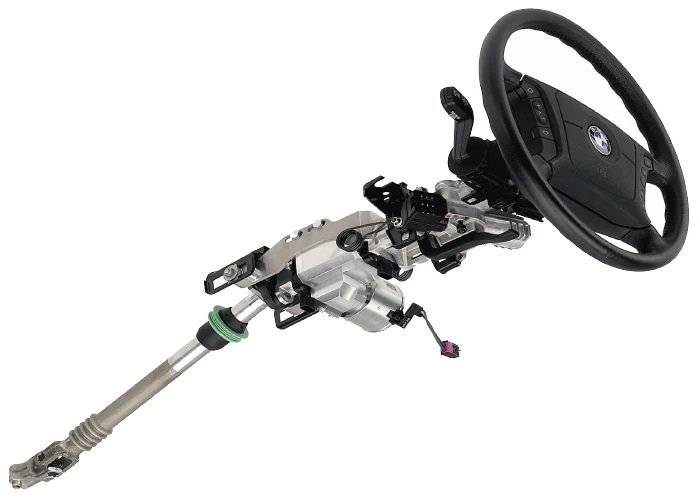
5 Functions Of Steering System Work
The steering system in a vehicle is in charge of turning the wheels and managing the vehicle's direction. It is an essential part of driving safely and comfortably. We will go through many functions of steering system and how they affect the vehicle's performance. These are the following:
Direction Of Control
The steering system's principal role is to control the vehicle's direction. It enables the driver to turn the wheels left or right, allowing them to handle turns and corners. The steering system sends the driver's input from the steering wheel to the wheels, changing the vehicle's direction.
Maneuverability
The way the steering works also impacts the vehicle's maneuverability, and it should be noted that the steering rack manufacturer is also a factor in its efficiency. A well-functioning steering system makes it simple to maneuver the car, particularly in confined situations like parking lots. On the other hand, a malfunctioning steering system might make it challenging to drive the car, especially at low speeds, which can be dangerous in some scenarios.
Stability
The steering mechanism, which is part of the functions of steering system, is also critical to the vehicle's stability. A properly functioning steering system keeps the car stable and balanced while driving. If the steering system fails, the car will pull to one side, making it harder to drive and potentially leading to an accident.
Feedback
The steering system also gives the driver feedback, allowing them to feel the road and how the vehicle handles it. This input can assist the driver in making better driving judgments and improving their overall driving experience.
Safety
The steering mechanism is also critical for the driver's and passengers' safety. A defective steering system can cause accidents and endanger the lives of passengers. Regular maintenance and examination of the steering system can guarantee it is in good operating order and deliver dependable performance when needed.
6 Warning Signs That Your Suspension and Steering System Needs Repair
Your vehicle's steering and suspension system is critical to maintaining a smooth and safe driving experience. However, wear and tear can impact its performance over time, resulting in various concerns that can impair your ability to manage your car.
Having Trouble Steering
If you have difficulty turning the steering wheel or if it seems stiff or unresponsive, this could indicate that your steering system is not working correctly.
Vibration Or Excessive Bounce
If you notice excessive bouncing or vibration when driving, especially at high speeds, it could indicate that your suspension system is worn out or damaged.
Tire Wear That Is Uneven
If your tires are worn unevenly, this could indicate that your suspension system is not working properly.
Sagging Or Bouncing
If your vehicle bounces excessively or sags to one side, it could be due to worn-out shocks or struts. These components aid in the absorption of shocks and vibrations, as well as the leveling of your car.
Noises
Strange noises, such as clunking or banging while driving or turning, can indicate outdated suspension parts, such as the control arms or sway bar links.
Driving Situations
Frequent driving on uneven roads, potholes, or gravel can cause suspension components to deteriorate. The more complex the driving circumstances, the more frequently your power steering suspension system should be inspected.
Age Of The Vehicle
The suspension components might wear out and lose their efficacy over time. Older automobiles may necessitate more regular inspections or component replacement than newer vehicles.
Vehicle Mass
Heavy vehicles place additional strain on suspension components, forcing them to wear out faster. If you often transport heavy loads or tow trailers, you may need to have your power steering and suspension system tested more frequently.
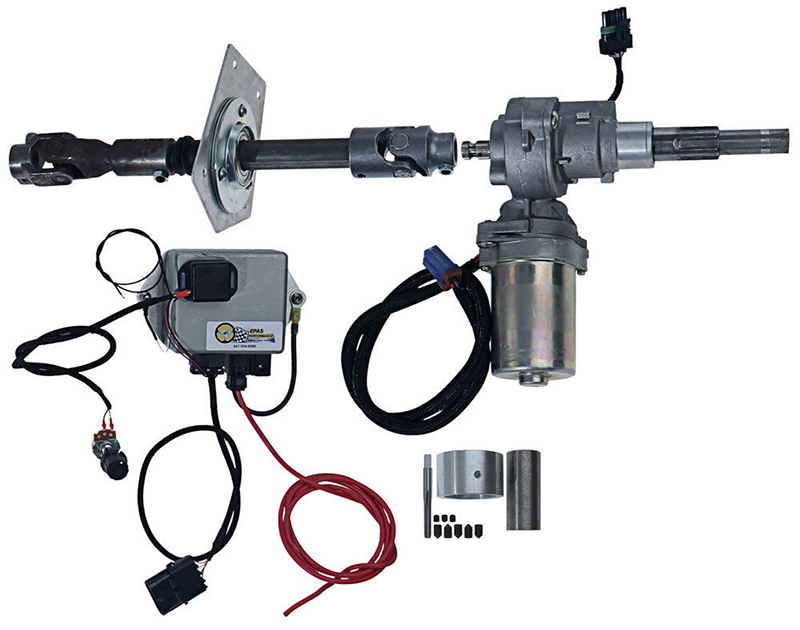
7 Signs That You Have Faulty Suspension Or Steering Systems
A vehicle's suspension and steering systems are critical components that ensure a smooth and safe ride. Nevertheless, if these systems acquire flaws, it can cause major issues that jeopardize the vehicle's safety and performance. You can explore the following most prevalent signs of a faulty suspension and steering system and how you may be able to avoid it.
Squeezing One Side
If your car pulls to one side while driving on a straight road, it could indicate a suspension or steering system malfunction. This could be due to uneven tire wear, a misaligned power steering suspension, or a faulty component.
Shimmying Or Vibrations
A defective suspension or steering system could cause a tremor or shimmying sensation in the steering wheel or across your car. Wear or damage to the tires, a bent wheel, or a worn suspension or steering component could all contribute to this.
Unusual Bouncing
If your car bounces excessively when driving over bumps or uneven roads, it could indicate a suspension system malfunction. This could be because your shock absorbers or struts are worn or damaged.
Having Trouble Steering
If you have trouble steering your vehicle or the steering seems loose or unresponsive, this could indicate a problem with the steering system. This could result from a faulty power steering pump, worn steering gear, or a faulty steering connection.
Weird Noise
If you hear unexpected noises while driving, such as clunking, knocking, or squeaking, it could indicate an issue with the suspension or steering system. These noises could result from old or damaged suspension or steering components and loose or broken parts.
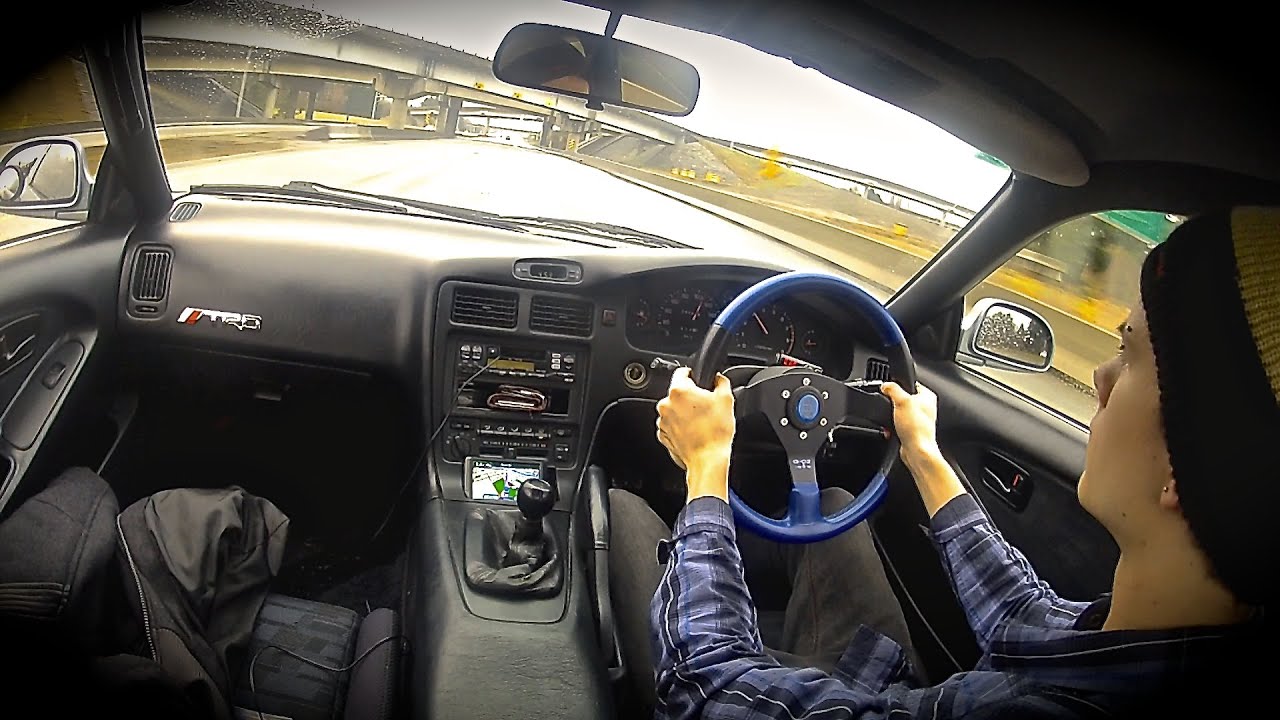
8 Parts Of The Steering And Suspension System That You Should Inspect?
Regular inspections of your vehicle's steering and suspension systems are required to ensure that they are in good working order and that you remain safe on the road. Here are some significant components of these systems to inspect:
Steering Gear
The steering gear transmits the driver's steering input to the vehicle's wheels. Inspect the steering gear for any wear, damage, or leaks.
Tie Rod Ends
The tie rod ends connect the steering gear to the steering knuckle, which controls the movement of the wheels. Inspect the tie rod ends for any looseness, wear, or damage.
Ball Joints
The ball joints are responsible for allowing the wheels to pivot and turn. Inspect the ball joints for wear, damage, or looseness.
Shock Absorbers/Struts
Shock absorbers and struts are responsible for absorbing the impact of bumps and uneven road surfaces, providing a smooth ride. Inspect these components for any signs of wear, leaks, or damage.
Springs
The springs support the weight of the vehicle and help absorb shocks. Inspect the springs for any signs of wear, damage, or sagging.
Control Arms
The control arms connect the suspension system to the frame of the vehicle. Inspect the control arms for any wear, damage, or looseness.
Sway Bars
Sway bars are responsible for reducing body roll and improving stability during turns. Inspect the sway bars for any wear, damage, or looseness.
It is critical to inspect these components regularly since any abnormalities with these parts can lead to significant issues with your vehicle's steering and suspension systems. Suppose you see any evidence of wear, damage, or looseness during your examination. In that case, you should have your car evaluated by a trained mechanic as soon as possible to minimize further damage and maintain your road safety.

9 In Conclusion
The steering and suspension system is essential to any vehicle, offering a safe and pleasurable driving experience. A well-maintained system can improve a vehicle's performance and extend its lifespan, but a malfunctioning system can endanger drivers and passengers. As a result, it is critical to monitor the health of your steering and suspension system and get it examined by a skilled mechanic regularly. This gives you a smooth, steady, and secure ride every time you hit the road. Remember that a small investment in upkeep can go a long way toward protecting your and others' safety.
The Previous Articles:
What Is Rack and Pinion Bushing? How To Tell If Rack and Pinion Bushings Are Bad?
Why Steering Rack Makes Noise When Turning?
How To Rebuild A Steering Rack?
What Is A Rotary Valve Power Steering Rack?
Rack And Pinion System Vs Power Steering System: What Are The Differences?
Power Steering Rack Market Analysis Report (Japan Market)
What Causes Steering Rack to Go Bad?
Design Of Car Rack And Pinion Steering Racks
What Is The Intelligent Steering Rack Used By VW, Toyota, Honda And Renault?

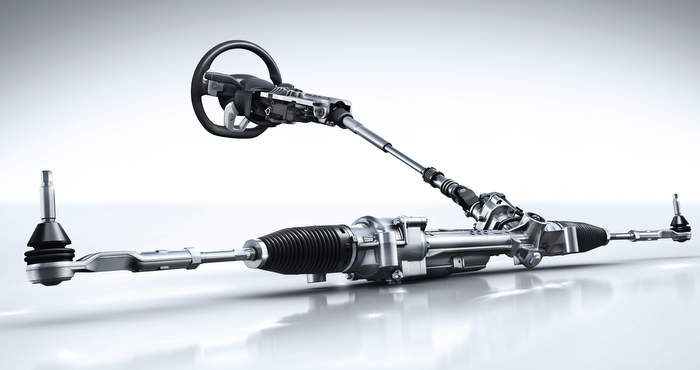
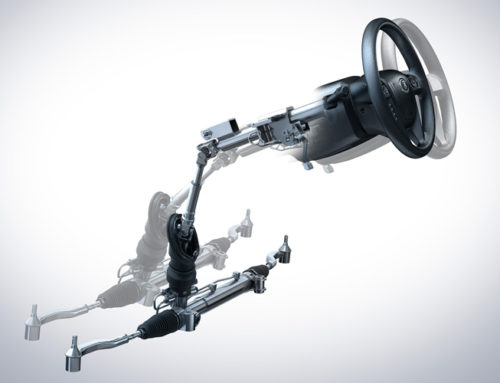
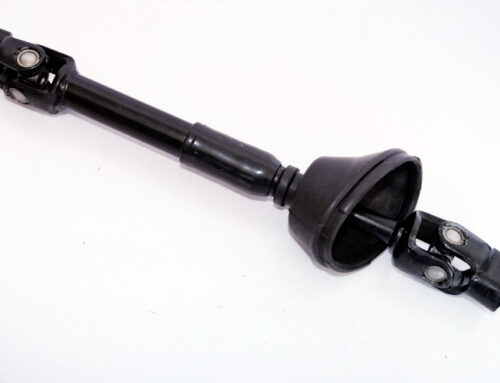
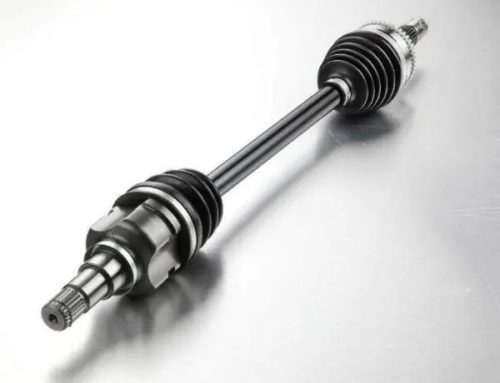
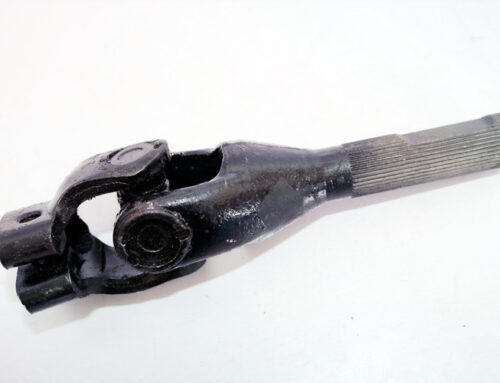

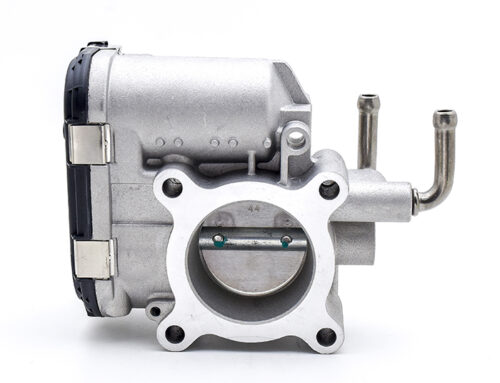
Leave A Comment